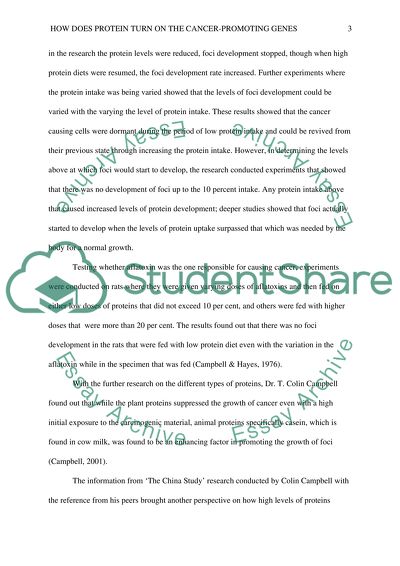How does protein turn on the cancer-promoting genes Essay. Retrieved from https://studentshare.org/health-sciences-medicine/1482367-how-does-protein-turn-on-the-cancer-promoting
How Does Protein Turn on the Cancer-Promoting Genes Essay. https://studentshare.org/health-sciences-medicine/1482367-how-does-protein-turn-on-the-cancer-promoting.


